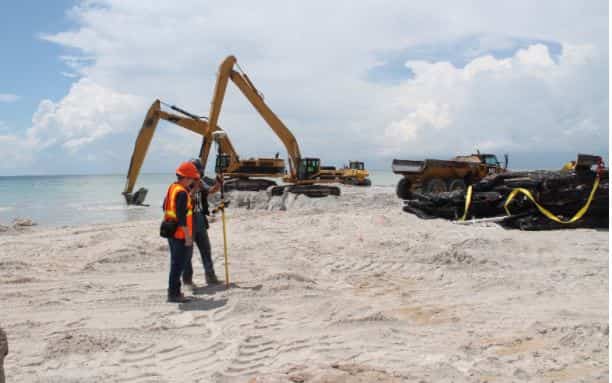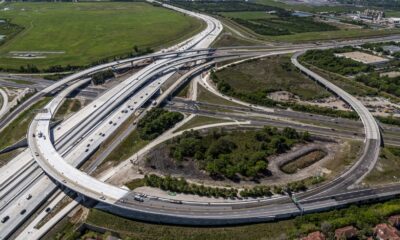Thrive
Pinellas prepares for long-term climate change with new website, action plan

On April 2, Pinellas County launched a website where residents can track progress on its emerging sustainability and resiliency goals, and find ways to contribute to green initiatives in their own communities.
The site, sustainability.pinellas.gov, details the county’s six-step Sustainability and Resiliency Action Plan (SRAP), and explains what it’s doing to protect the 25 percent of Pinellas land in the Coastal High Hazard area, where communities are deemed extremely vulnerable to storms and floods.
While some storm-protection projects like canals and beach restoration aim to mitigate flooding, a big chunk of the plan centers on measuring and lowering carbon emissions. Phil Compton, senior organizing representative at Sierra Club’s St. Pete office, thinks this is a good place to start.
“If you only focus on resilience and forget sustainability, we forget the mitigation of the things that you’re doing that are contributing to climate change,” Compton told the Catalyst. “Then you’re missing the boat; you’re gonna wind up in a boat.”
Other steps of the SRAP focus on planning and contributing resources so the county has the ability to manage long-term projects. But the plan will also pitch infrastructure projects, like the Baypointe Stormwater Acquisition/Park, a 40-acre golf course the county bought and plans to develop into a public park and stormwater treatment area.
According to Kelsey Grentzer, marketing specialist for Pinellas County, more concrete plans will come into play after the SRAP is fully implemented in 2022.
VHB, an engineering consultancy, is overseeing development of the SRAP, and helping the county look at internal policies in regards to climate change. Pinellas also joined with the Tampa Bay Regional Resiliency Coalition, which asks members to sign onto its goal of “coordinat(ing) climate adaptation and mitigation activities across county lines.”
As the effects of greenhouse gas emissions and flooding become more pronounced in Florida’s coastal communities, counties across the state are beginning to look ahead.
Miami-Dade County drafted a plan to tackle sea-level rise that includes better sea wall standards, more affordable housing options in elevated areas and increased green spaces designed to absorb storm-induced flooding. The plan will cost billions if fully implemented, but current research suggests the two feet of sea-level rise estimated by 2060 will cost far more.
Early this year, Florida’s Department of Economic Opportunity awarded a $992,000 grant to Pinellas County designated for flood mitigation. According to Grentzer, the funds will be used to collect missing data and develop flood-protection strategies.
For now, Pinellas offers its new website as a one-stop shop for citizens to view all local initiatives and access other climate change-related information. The site also provides links to disaster-preparedness resources and offers tips on how individuals can reduce carbon footprints in their own communities.
“It’s a good start but they got a lot of work to do,” Compton said.







